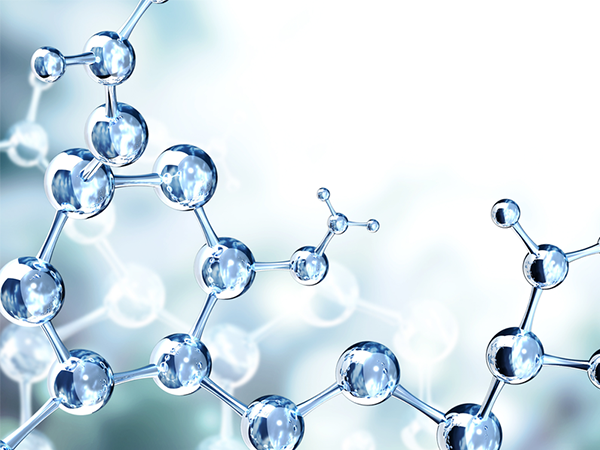
Fatty amines, essential compounds with diverse industrial applications, are produced through a meticulously designed process that involves several key steps. This article aims to provide a comprehensive overview of the fatty amine production process, highlighting its significance and the intricacies involved.
Fatty amines play a crucial role in various industries, serving as intermediates in the synthesis of surfactants, flocculants, and corrosion inhibitors. Their applications extend to sectors such as agriculture, textiles, and personal care products. Understanding the production process is fundamental for optimizing the quality and efficiency of these versatile compounds.
The first step in the fatty amine production process is the careful selection of raw materials. Typically, fatty amines are derived from fatty acids, which can be obtained from natural sources like vegetable oils or animal fats. The choice of raw material significantly influences the properties of the final product, necessitating a judicious selection process.
Once the raw materials are selected, the next stage involves esterification and amidation reactions. Esterification converts fatty acids into fatty esters, while amidation involves the conversion of esters to fatty amines. These reactions are typically catalyzed by acids or bases, and precise control of reaction conditions is crucial to achieving the desired product composition.
Hydrogenation is a critical step in the fatty amine production process. This process involves the saturation of double bonds in fatty acids or esters, leading to increased stability and improved performance of the final product. Catalyst selection and reaction conditions are carefully optimized to achieve the desired level of hydrogenation.
Following the chemical transformations, distillation is employed to separate and purify the fatty amine products. Distillation enables the removal of impurities and unreacted materials, ensuring the production of high-quality fatty amines. Advanced separation techniques may also be employed to enhance product purity and yield.
Quality control measures are integrated throughout the fatty amine production process to monitor and ensure the consistency of the final product. Analytical techniques such as chromatography and spectroscopy are utilized to assess parameters such as composition, purity, and molecular weight. Stringent quality control measures are essential to meet industry standards and customer expectations.
In recent years, the fatty amine production process has witnessed a growing emphasis on sustainability and environmental responsibility. Manufacturers are exploring greener alternatives, optimizing energy consumption, and implementing waste reduction strategies to minimize the ecological footprint of the production process.
In conclusion, the fatty amine production process is a multifaceted sequence of chemical reactions and purification steps. From raw material selection to quality control measures, each stage requires precision and expertise to ensure the production of high-quality fatty amines. As industries continue to evolve, the integration of sustainable practices into the production process is becoming increasingly important, reflecting a commitment to both product quality and environmental stewardship.